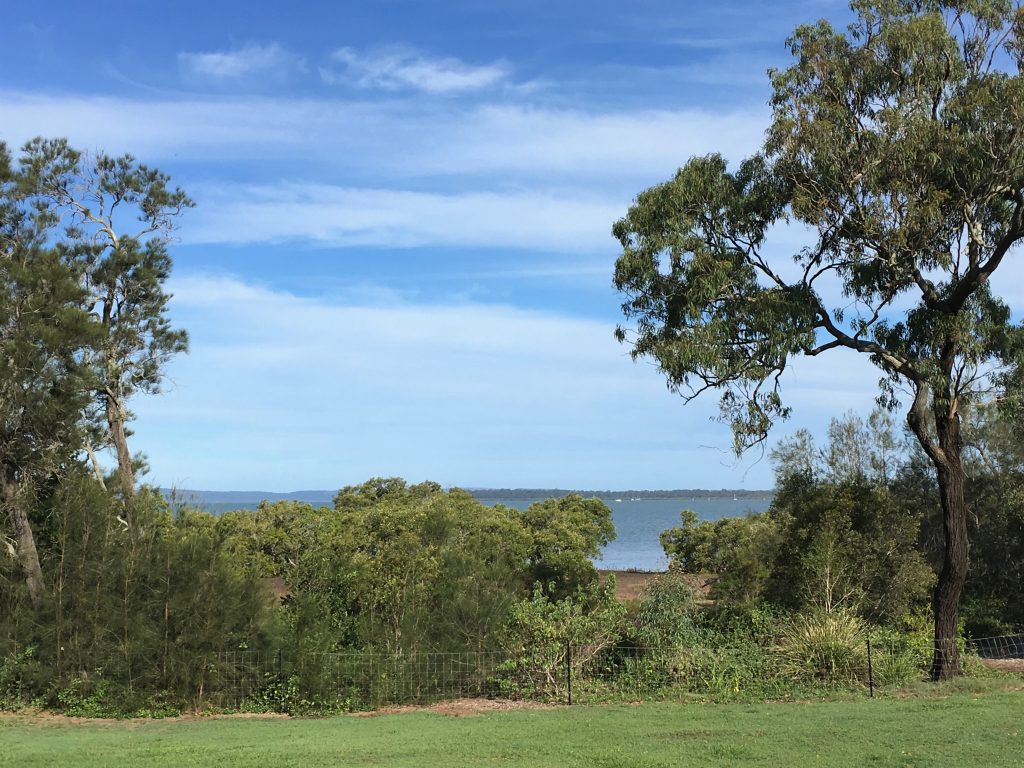In the second stage, contemplation of the dharma, we develop the prajna of experience, the insight that arises when we reflect deeply on the knowledge we have acquired through our formal studies. That knowledge needs to be processed and internalized through the practice of contemplation.
In this way, we become one with our intellectual understanding; we are no longer frozen in theory. Our knowledge becomes part of our being. The method taught for this stage is called “analytical meditation.” Although it is termed “meditation,” it is regarded as contemplation because it is a method of training that actively engages the intellect and conceptual mind.
This form of practice involves the methodical and precise analysis, in a formal meditation session, of a particular topic or issue you have studied, and which interests you. There are many suitable areas of investigation.
However, although there is a certain structure or formality to such contemplations, the exercise is fundamentally very personal. When you contemplate the words of a teaching on suffering, for example, you might analyze the meaning of each word, as well as the meaning of an entire verse. But you carry out your analysis in your own words, on your own terms, from the point of view of how you know and relate to suffering. In this way, your understanding is clarified and you arrive at a deeper meaning.
The knowledge you began with expands and opens as you make an experiential connection to the teachings on suffering. Their meaning becomes a living experience and your knowledge of it goes beyond the purely conceptual.
This second stage is what we seem to be missing in the West. We have a great deal of study and also of meditation, but we have no contemplation in the middle. That is why we have so much trouble joining daily life with meditation. Contemplation is the bridge between our conceptual understanding and everyday experience and the nonconceptual experience of meditation. It is like the lab that goes along with our coursework in college.
First, we read our books and go to classes. Then we go into the laboratory, where we get hands-on experience by conducting experiments and observing and testing the results. In this way, our experience becomes fuller and more complete. The knowledge we develop is not limited just to our “head.”
We experience greater synchronization of body, speech and mind – physical being, emotions and cognition – working together harmoniously.
Milarepa said that the prajna of experience is like the mist that appears in the early morning. It looks so solid and so real, but later in the day, when the sun has risen, the mist simply disappears. Likewise, experiences of contemplation are temporary. They come and go like the morning mist. At this stage, we are developing genuine experience, but it has not yet developed into complete realization or the full state of wisdom.
Our experiences in contemplation may be very powerful and may seem to be experiences of realization; however, we should not mistake them for actual realization.
For example, we may have experiences of emptiness, bliss or nonthought. When such an experience occurs, it may feel quite substantial and have a powerful impact on us. We may believe that we have achieved an enduring insight; but then it is completely gone – like mist that suddenly disappears from sight. This type of fluctuating experience is common while we are on the path and is a sign that it is mere experience rather than genuine realization. This indicates that it is necessary for us to go on to the next stage, which develops the prajna of meditation.
Source: Taken from Ponlop, Dzogchen. Mind Beyond Death. Shambhala Publications. Kindle Edition.

In the second stage, contemplation of the dharma, we develop the prajna of experience, the insight that arises when we reflect deeply on the knowledge we have acquired through our formal studies. That knowledge needs to be processed and internalized through the practice of contemplation.
(Dzogchen Ponlop)
